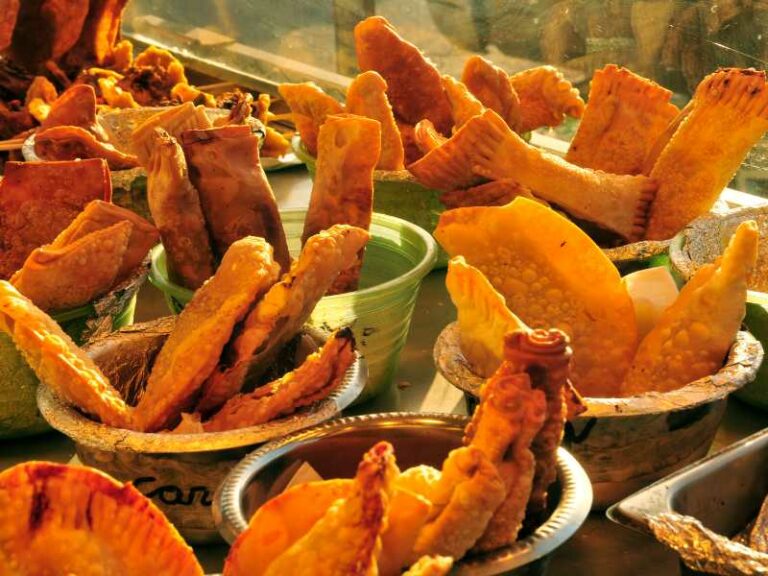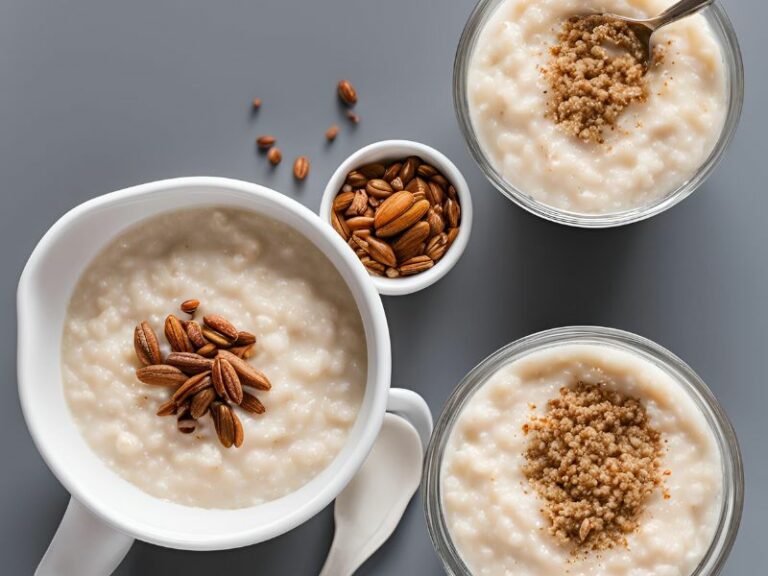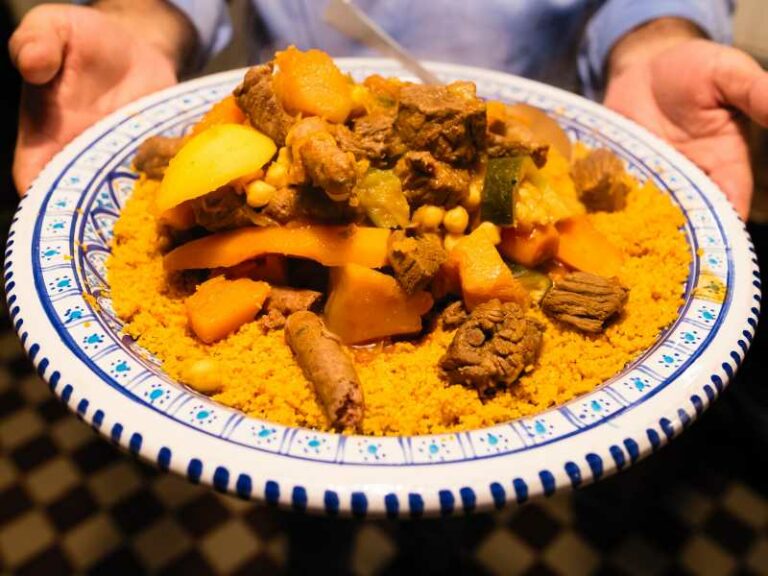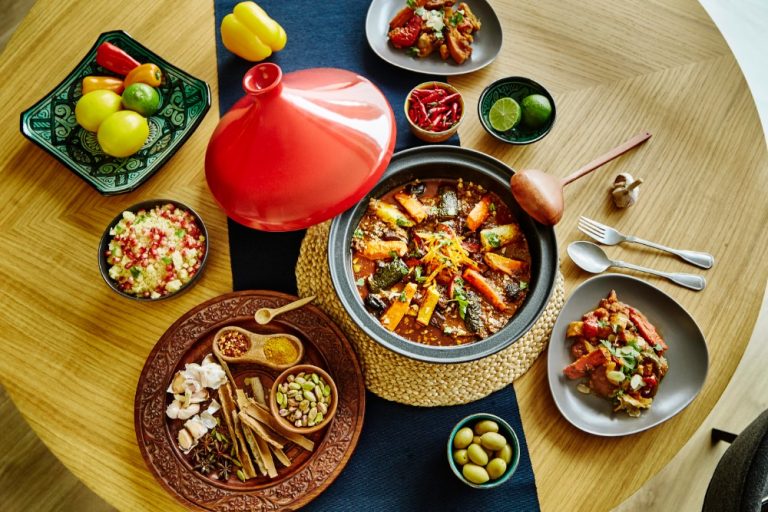Beninese Food: 9 Traditional Dishes of Benin

Benin is a country located in West Africa. It is surrounded by Togo, Nigeria, Burkina Faso and Niger. It is known as the first African country to shift from a dictatorship to a democracy. Benin is also believed to be the origin of voodoo.
The population of Benin is composed of several different ethnicities including Fon, Adja & Mina, Yoruba, Bariba, Fula, Ottamari, Yoa-Lokpa, and Dendi.
The most commonly used ingredient in Beninese cuisine is corn. It is used to make dough, which is mostly accompanied by peanut or tomato-based sauces. Fish and chicken are the most commonly consumed meats, but beef, pork, goat and bush rat are also eaten. Meats are normally cooked in palm or peanut oil.
Other staple ingredients include rice, beans, tomatoes and couscous. Fruits including mandarin oranges, oranges, bananas, kiwifruit, avocados, pineapples and peanuts are also widely consumed throughout Benin.
In northern Benin, yams are more of a staple, as are beef and pork. Often, cheese is also added to several dishes.
Most Beninese meals are fairly light on meat and heavy on vegetable oils.
Dahomey Fish Stew
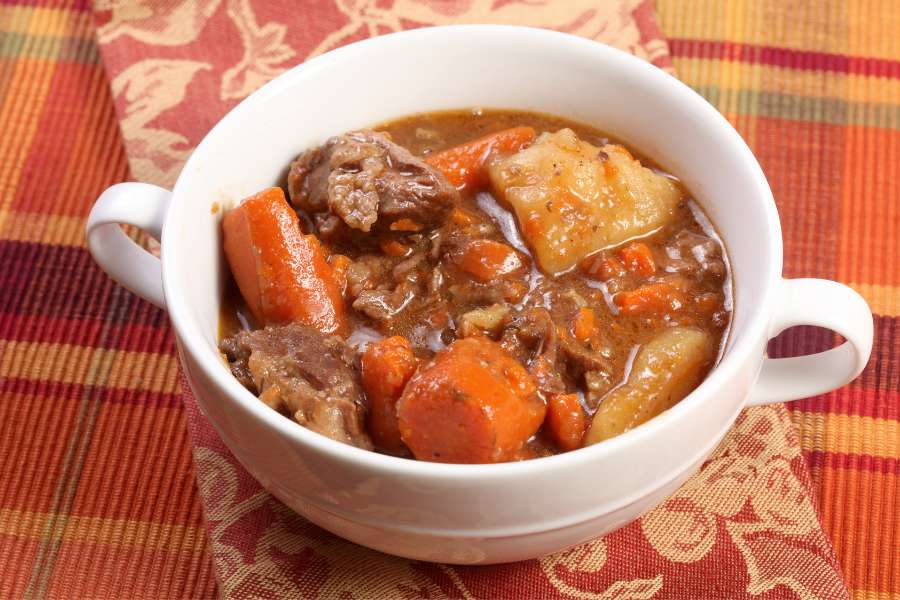
Dahomey fish stew is made using fillets taken from low-fat fish. The fillets are dusted with flour before being fried in oil until golden brown. They are then mixed with cooked onions and tomatoes and allowed to simmer. It is typically served along with rice.
The name Dahomey refers to an old Kingdom that used to exist in the area that is now southern Benin, from the 1600s until 1904.
Djèwo
Djèwo, also known as Amiwo in Fon, is a traditional Beninese dough. It is typically made using corn flour and flavored using ingredients such as chicken bouillon cubes, tomato paste, yellow onion, garlic, salt, pepper water, green hot chillies, shrimp and palm oil.
Considered to be one of the most popular dishes in southern and central Benin, djèwo is usually consumed with fried foods (such as onions), tomato juice, crushed green pepper and meats such as chicken, guinea fowl or mutton.
Yovo Doko
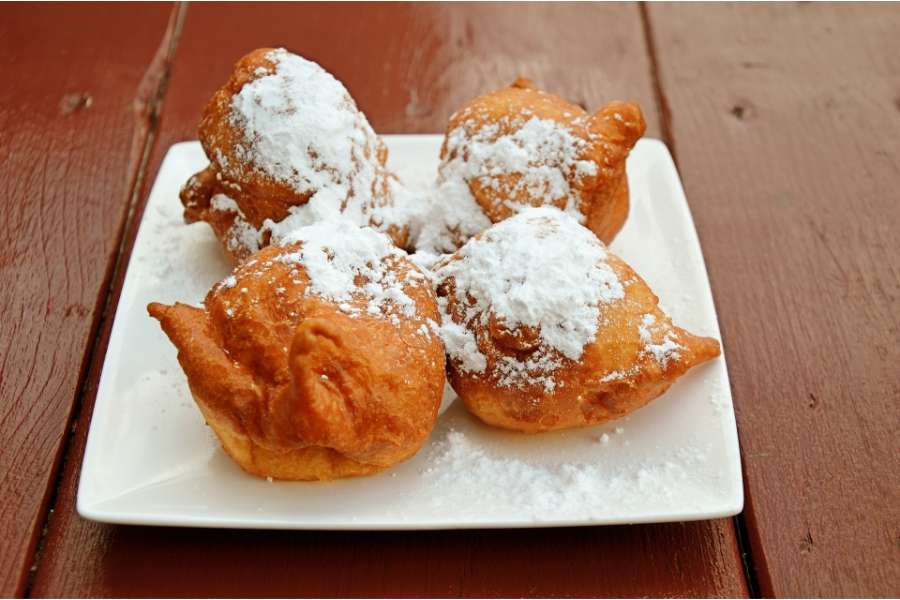
Yovo doko is a popular street food that is prepared using flour, water, yeast and sugar. The dough is then deep-fried until a golden crust forms on the outside, while the inside remains soft and tender.
These sweet fritters are generally topped with powdered sugar. Yovo doko is known to resemble the French beignet, a popular kind of fritter prepared using deep-fried choux pastry.
These sweet fritters are also considered to be the national dessert of Benin.
Kuli-Kuli
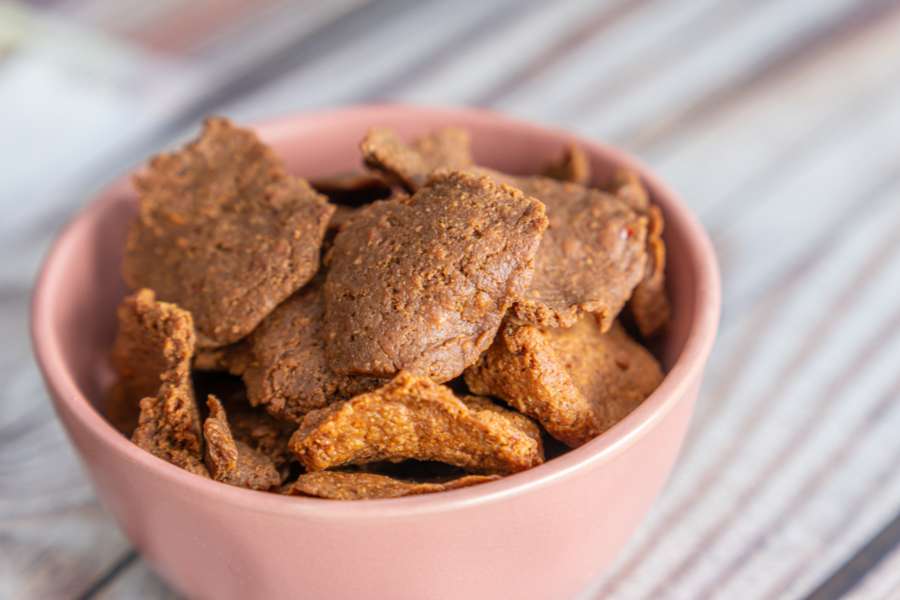
Kuli-kuli is a snack prepared using ground, smashed peanuts that are formed into balls or biscuits. They are then deep-fried. Before frying, the paste is flavoured with ingredients including salt, pepper and several spices. In other words, it is basically deep-fried peanut butter.
Another one of Benin’s national dishes, kuli-kuli is packed with nutrition and protein. It is a dish sometimes associated with the poorer citizens of Benin as it is relatively cheap and easy to find.
As well as Benin, kuli-kuli is also widely consumed in Nigeria, northern Cameroon, and Ghana.
Wagassi
Wagassi is a type of cheese typically eaten in northern Benin, notable for its mild flavor and red rind which are due to the cheese being soaked in warm water with Calotropis procera leaf extract. It is typically made by the Fulani people, generally women, and it can be easily found in towns such as Parakou.
Wagassi cheese is also characterized by the fact that it doesn’t melt easily, even at high temperatures. It can be served after frying or after being prepared in sauces, but it is rarely eaten fresh.
Watché
Watché, also known as Atassi, is a dish made by combining rice with beans. It is typically accompanied by fried fish or meat. This dish is one of the most popular of northern Benin because the ingredients used to prepare it are so easily accessible.
Depending on the area where it is prepared, watché is eaten either at breakfast or lunch.
Fufu
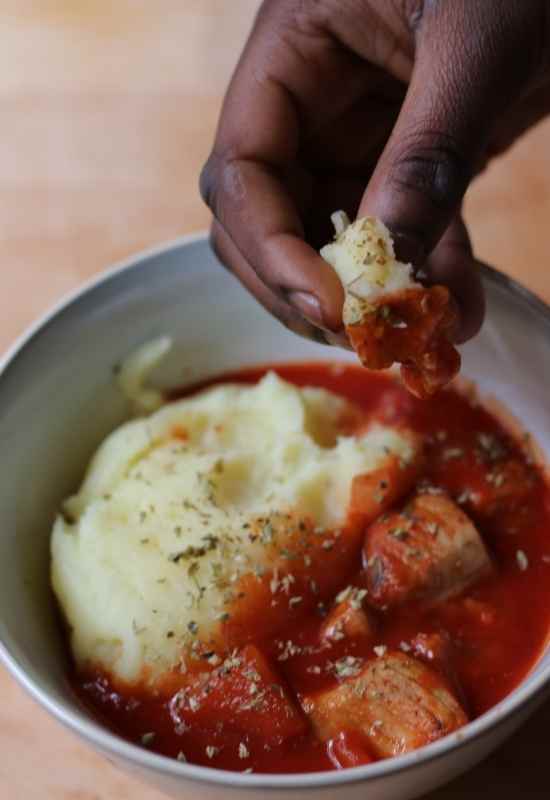
Fufu is a bit like a large dumpling made out of a mixture of cassava and green plantain flour. It is a staple of many West African countries where it is traditionally served with soup (groundnut or palm nut for example).
Authentic Fufu is made by combining equal portions of pounded cassava and green plantain flour with water and then stirred in a pan over a gentle heat. The paste is then moistened with lukewarm water and molded into a ball.
Monyo
Monyo is a traditional Beninese sauce that is served just about everywhere in the country. The taste can differ based on the ingredients used. Some common ingredients in the southern Benin version include mustard (afittin in Fon), vegetable oil and onions.
This simple sauce doesn’t take too long to prepare, and it is normally served along with akassa or piron (eba). Some people also add a few pieces of fried chicken or fish.
Dekounoun Sounnou
Dekounoun Sounnou is a sauce prepared using palm nuts, most popular in southern Benin, particularly in the capital, Porto-Novo. Besides the characteristic complex flavor, it is also extremely rich in lipids.
Sometimes vegetables or crabs are included in the already-seasoned sauce to make it more flavorful. People usually eat Dekounoun Sounnou with télibo, a white or black corn paste.
In eastern Benin, it is served with crushed banana paste, also known as foutou banana.

